MARKET OVERVIEW
Global Tissue Dissociation is an important segment of the biotechnology industry, contributing to cellular research and tissue engineering. The process includes breaking down the complex structures of tissues into individual cells, enabling scientists to understand cell behavior, analyze gene expression, and understand mechanisms of disease at a microscopic level. It has dramatically changed research in regenerative medicine, immunotherapy, cancer research, and drug discovery. As the demand for precision medicine increases, the Global Tissue Dissociation market is expected to shift significantly with the advancement in medical science and laboratory technologies.
The Global Tissue Dissociation market can be broadly categorized into tools, techniques, and services that are developed to dissociate single cells from solid tissues. With the advent of personalized medicine, there is an increased need to study cellular behavior in a more granular and accurate manner. Tissue dissociation tools include mechanical methods, such as tissue grinders and homogenizers, to enzymatic techniques that use specific enzymes to break down extracellular matrices. As disease understanding becomes increasingly complex, so will the need for high-quality tissue dissociation tools and services.
This market is mainly fueled by increasing reliance on tissue dissociation for applications in cancer research. Understanding how cancer cells interact within tissues, how they metastasize, and their cellular microenvironment is vital in developing targeted therapies. Like tissue replacement or repair, regenerative medicine depends on the capability of breaking down tissues into cellular components to stimulate the activation of repair mechanisms. Hence, with these applications, tissue dissociation tools and protocols are expected to be more specialized and targeted according to specific research requirements.
Ongoing innovations in automation also benefit the Global Tissue Dissociation industry. The reason for increasing popularity is that automated tissue dissociation systems can process a large amount of samples precisely and reproducibly. Automation will make the process faster and more efficient by reducing human error and allowing for scalable experiments. This system would likely find a place in clinical settings besides research labs where high-throughput tissue analysis is needed.
With a huge concentration on cancer and regenerative medicine, the Global Tissue Dissociation market is expected to increase at a rapid pace. Researchers will continue to demand more advanced, efficient, and customizable solutions to fulfill their growing needs for tissue analysis. As more research institutes and pharmaceutical companies are focusing on cellular-level therapies, the demand for sophisticated tissue dissociation tools is going to increase.
In the near future, the market will likely see the emergence of next-generation tissue dissociation technologies, driven by continuous improvements in biotechnology. These innovations will aim to reduce tissue damage during dissociation and enhance the recovery of viable cells. Researchers will also demand methods that preserve the functional properties of cells, which is especially critical in tissue engineering and stem cell research. Therefore, the future of the Global Tissue Dissociation industry would be molded by such advancements in technology and its response to changing requirements in the scientific and medical community.
With personalized medicine and cell-based therapies gaining traction, the tissue dissociation market will increase in importance, because highly precise and effective tissue dissociation is going to play a key role. It will remain critical to facilitate breakthroughs in medical science by providing tools that are able to give new insights into complex biological systems. Innovation remains at the heart of the future for this market, promising further support for developments in both research and clinical applications.
Global Tissue Dissociation market is estimated to reach $672.5 Million by 2031; growing at a CAGR of 11.2% from 2024 to 2031.
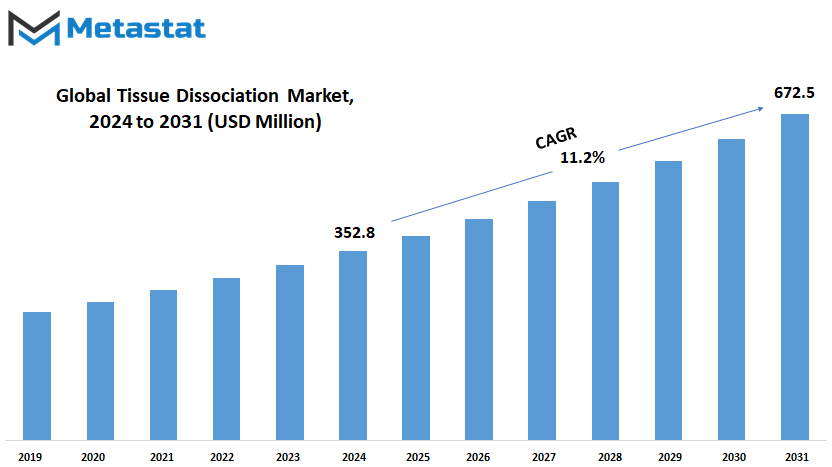
GROWTH FACTORS
The Global Tissue Dissociation market is expected to exhibit remarkable growth in the coming years due to various factors influencing the development. The greater demand for single-cell analysis and cell-based therapies are widely based on effective tissue dissociation techniques. These are used for isolating viable cells from tissues and hence can be studied by researchers for the behavior of cellular functioning and in developing advanced treatments. Advances in regenerative medicine and stem cell research have also led to the development of the industry. Studies of cell biology and therapeutic use of cells to explore and discover require tissue dissociation technologies to take place; hence, advanced tissue dissociation enzymes and instrumentation are costly barriers for the development of the market.
Advanced Tissue Dissociation Enzymes and Instrumentation Barrier. This cost may limit the technology to smaller research institutions and organizations with restricted budgets. Furthermore, preserving high cell viability and yield during tissue dissociation is also a challenge. Poor dissociation may affect the quality and reliability of downstream research, which will be a hassle for scientists and clinicians who would rely on accurate results.
Despite these challenges, there is hope for the future of the Global Tissue Dissociation market as several opportunities emerge in order to overcome these obstacles. Automated and standardized dissociation technologies are a significant development step. Automation can better the consistency of outcomes, reduce the variability of experimental data, and provide greater scalability for clinical applications. These advancements are particularly crucial for large-scale studies and therapeutic manufacturing, where precision and reproducibility are very important.
Advances in healthcare and biotechnology industries are steered toward personalized medicine and advanced therapeutic approaches. The emphasis on innovative tissue dissociation methods increases because the new strategies and treatment protocols are constantly making research more challenging. Continued adoption of cutting-edge solutions may be observed since most researchers and companies will be focusing on efficiency and reliability in workflows.
In the next few years, cooperation between technology vendors, research centers, and healthcare companies is likely to speed up progress in the market. These collaborations can actually help unlock the full potential of tissue dissociation technologies by addressing cost concerns and technical performance. In the end, the Global Tissue Dissociation market will be instrumental in driving science and medicine forward with new prospects for understanding and treating complex biological conditions.
MARKET SEGMENTATION
By Type
The Global Tissue Dissociation market is gaining importance as a crucial part of biomedical and clinical research advancements. Tissue dissociation is the process of breaking down cells from tissues for further study of their functions, interactions, and applications. This market has become increasingly important because it facilitates critical scientific progress in areas such as regenerative medicine, cancer research, and drug development. With the advancement of science, the need for innovative and efficient tissue dissociation products continues to rise.
The Global Tissue Dissociation market can be segmented by type into enzymatic dissociation products, non-enzymatic dissociation products, and instruments and kits. Each type has its specific applications in meeting the various research and medical requirements. Probably most commonly represented under enzymatic dissociation, the latter relies on employing enzymes such as collagenase, trypsin, or hyaluronidase to isolate tissues into single cells. Such products are highly prized for their precision and ability to yield viable cells, rendering them invaluable in cell therapy laboratories and for advanced studies.
Dissociation products that rely on chemical or mechanical methods are an alternative that is particularly beneficial when enzymatic methods might damage sensitive cell types or disrupt downstream processes. In some experimental conditions, these chemical or mechanical methods preserve the integrity of cells. The instruments and kits available for tissue dissociation streamline workflows as they provide all necessary tools. These solutions are particularly attractive to researchers who favor streamlined methods that reduce human error.
The future of the Global Tissue Dissociation market seems bright, as the increasing focus on personalized medicine and precision healthcare fuels it. With more sophisticated research techniques, there will be a higher demand for advanced dissociation products that can address the complexities of modern science. Companies are expected to continue coming up with more efficient, versatile and environmentally friendly options to solve the needs of the moment. This is further compounded by collaborations between biotechnology firms, research institutions, and healthcare providers.
In general, the Global Tissue Dissociation market is expected to continue growing as its applications are expanding across different scientific disciplines. Its evolution responds to the greater effort towards opening new ways in medicine and research, which opens roads to groundbreaking discoveries and treatments that can be used to shape lives worldwide. Thus, this market will continue to attract investment, innovation, and scientific research.
By Application
The Global Tissue Dissociation market is gaining importance as a crucial part of biomedical and clinical research advancements. Tissue dissociation is the process of breaking down cells from tissues for further study of their functions, interactions, and applications. This market has become increasingly important because it facilitates critical scientific progress in areas such as regenerative medicine, cancer research, and drug development. With the advancement of science, the need for innovative and efficient tissue dissociation products continues to rise.
The Global Tissue Dissociation market can be segmented by type into enzymatic dissociation products, non-enzymatic dissociation products, and instruments and kits. Each type has its specific applications in meeting the various research and medical requirements. Probably most commonly represented under enzymatic dissociation, the latter relies on employing enzymes such as collagenase, trypsin, or hyaluronidase to isolate tissues into single cells. Such products are highly prized for their precision and ability to yield viable cells, rendering them invaluable in cell therapy laboratories and for advanced studies.
Dissociation products that rely on chemical or mechanical methods are an alternative that is particularly beneficial when enzymatic methods might damage sensitive cell types or disrupt downstream processes. In some experimental conditions, these chemical or mechanical methods preserve the integrity of cells. The instruments and kits available for tissue dissociation streamline workflows as they provide all necessary tools. These solutions are particularly attractive to researchers who favor streamlined methods that reduce human error.
The future of the Global Tissue Dissociation market seems bright, as the increasing focus on personalized medicine and precision healthcare fuels it. With more sophisticated research techniques, there will be a higher demand for advanced dissociation products that can address the complexities of modern science. Companies are expected to continue coming up with more efficient, versatile and environmentally friendly options to solve the needs of the moment. This is further compounded by collaborations between biotechnology firms, research institutions, and healthcare providers.
In general, the Global Tissue Dissociation market is expected to continue growing as its applications are expanding across different scientific disciplines. Its evolution responds to the greater effort towards opening new ways in medicine and research, which opens roads to groundbreaking discoveries and treatments that can be used to shape lives worldwide. Thus, this market will continue to attract investment, innovation, and scientific research.
By End-User
Global Tissue Dissociation Market to grow in the future, which will be highly driven by its applications across multiple sectors. Tissue dissociation is a process by which cells are separated from tissues to allow for research and diagnostics. It plays a significant role in the advancement of fields such as regenerative medicine, drug development, and disease diagnostics. This need for more accurate cellular analysis and therapies has created a demand for better tissue dissociation tools and techniques, with developments tailored to meet the specific needs of various end-users.
The research and academic institutes have been a key player in this market for long, which are using tissue dissociation methods to study fundamental cellular behaviors and molecular interactions. Advanced technologies are being used by these institutions to increase their understanding of diseases and discover potential treatments. This market is also underlined by the growing importance of personalized medicine, where more accurate cellular data is required to develop tailored medical solutions.
The Pharmaceutical and Biotechnology companies are another massive segment driving the Global Tissue Dissociation market. In this sector, dissociation techniques are used to assess new drugs and create novel treatments. As the demand for biologics and cell-based therapies increases, the necessity for efficient dissociation processes grows, which allows producing more advanced research data and therapeutic solutions. Such developments may make possible faster development of treatments of chronic and complex conditions.
Contract Research Organizations (CROs) also have a great role in this market. CROs offer specialized research services to pharmaceutical and biotechnology companies, including tissue dissociation, among other services. Increased outsourcing of research activities to CROs is a focus on cost efficiency and expertise, which further fuels the demand for tissue dissociation products.
Hospitals and clinical laboratories are increasingly utilizing tissue dissociation techniques for diagnostic purposes. From cancer biopsies to infectious disease studies, these institutions benefit from tools that allow detailed cellular analysis, leading to more accurate diagnostics and better patient care. With healthcare systems globally shifting toward early detection and personalized treatment, the adoption of these technologies is likely to expand further.
The future of the Global Tissue Dissociation market appears promising as technological advancement and growing end-user demands merge. Innovations in enzymatic and mechanical dissociation methods, combined with automation, are expected to make the processes more efficient and accessible. This will allow researchers and clinicians to discover new possibilities, paving the way for improved health outcomes and medical breakthroughs.
|
Forecast Period |
2024-2031 |
|
Market Size in 2024 |
$352.8 million |
|
Market Size by 2031 |
$672.5 Million |
|
Growth Rate from 2024 to 2031 |
11.2% |
|
Base Year |
2022 |
|
Regions Covered |
North America, Europe, Asia-Pacific Green, South America, Middle East & Africa |
REGIONAL ANALYSIS
The global Tissue Dissociation market is dynamic and absolutely essential to the biomedical field because of growth in healthcare advances and the high demand for personal medicine. It has an expanding, progressive outlook where it emphasizes and highlights the role of biotechnology and life sciences in offering improved diagnostics and therapeutic solutions. The aspect of its diversification makes this market extremely critical with regard to offering unique views on trends concerning healthcare from around the globe and, more importantly, its distribution of available resources.
Geographically, the Tissue Dissociation market spans across several regions with the contribution of each to a different extent. North America will continue to dominate because the region has developed and investment in research and development has taken place. Within North America, the United States dominates largely due to a powerful pharmaceutical sector and strong academic systems. Canada and Mexico, too, play important roles, especially as they contribute to transborder collaboration and technological sharing.
The major European regions include the United Kingdom, Germany, France, and Italy are at the forefront. Along with the support from strong governmental backing, these nations have an enhanced adoption of innovative biomedical techniques; they drive research in cellular therapies and regenerative medicine, thus upgrading the demand for efficient tissue dissociation processes. The growth is complemented by a smaller but equally innovative economic region in the Rest of Europe, which promotes cooperation and market outreach.
Asia-Pacific emerges as a strong growth hub for the Tissue Dissociation market. China, India, Japan, and South Korea are heavily investing in biotechnology and healthcare infrastructures. The rapidly growing life sciences industry in China and the growing pharmaceutical sector in India are an indicator of an increased need for advanced methods of tissue processing. Japan and South Korea are leaders in technological innovation, further fuelling the growth of this market. The Rest of Asia-Pacific, while diverse, showcases potential as smaller economies adopt cutting-edge techniques to enhance their healthcare capabilities.
In South America, Brazil and Argentina are notable contributors, with Brazil emphasizing advancements in healthcare to meet its population's demands. Meanwhile, the Rest of South America provides opportunities for growth through initiatives aimed at improving medical research and clinical applications.
The Middle East and Africa region, including GCC Countries, Egypt, South Africa, and neighboring nations, underlines the rising importance of biomedical innovation in addressing regional healthcare challenges. This region shows promise for significant market growth as governments are increasingly focusing on modernizing healthcare systems.
This geographic analysis points to the interconnected nature of the global Tissue Dissociation market, underlining the necessity for collaboration and innovation between regions to arrive at developments that can benefit the health care system worldwide.
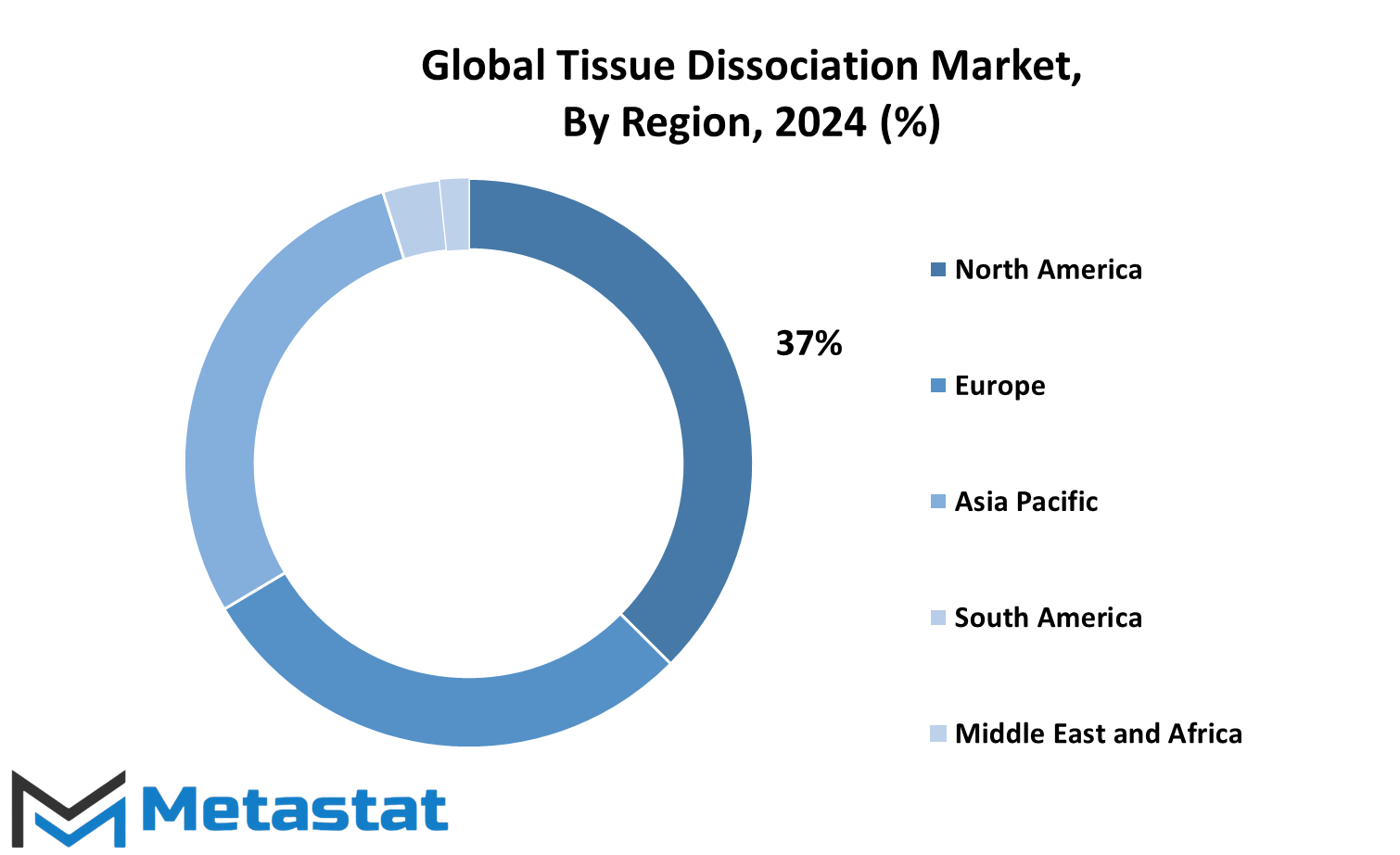
COMPETITIVE PLAYERS
The Global Tissue Dissociation Market is on the growth trajectory in terms of growth prospects in the immediate future, led by advancements in medical research, biotechnology, and therapeutic innovations. Separation of cells from tissue is a vital process in the field of cell biology, so that these cells can be studied with regard to the behavior, characteristics, and further applications. This field may gain momentum as demand for personalized medicines, cell therapy, and regenerative treatments continues increasing.
A key driver behind this market's expected growth is the higher adoption of advanced tools and enzymes applied in tissue dissociation. These technologies make the process easier while ensuring that cellular integrity is preserved for downstream applications such as drug discovery, stem cell research, and cancer biology studies. The potential for breakthroughs in immunotherapy and genetic engineering further underscores the importance of this sector. This will, therefore, be a hub for innovation as scientists look forward to discovering better solutions for diseases that, so far, have few or no treatment options.
The tissue dissociation market is highly competitive with several major players in the industry. These companies constantly look to innovate their products to improve market share. Companies such as Thermo Fisher Scientific Inc., Merck KGaA, and Miltenyi Biotec are known for their technologically advanced products and comprehensive reagent, instrument, and service offerings that cater specifically to the needs of researchers. Both Becton, Dickinson and Company (BD) and STEMCELL Technologies Inc. have been at the forefront of developing tools that enhance the efficient and reliable tissue processing process. These technological advancements allow researchers to collect high-quality, viable cells with minimal technical challenges.
Emerging players such as Akadeum Life Sciences, Inc. and ScienCell Research Laboratories make the market dynamic with their novel approaches, especially microbubble technology and specialized dissociation reagents. This competition propels innovation, opening up the field to smaller laboratories and creating collaborative efforts between industries.
Going forward, the dissociation market in tissue is going to play a critical role in addressing what is being increasingly required-a high-throughput, reproducible approach in life sciences. With considerable advancements being made in areas such as artificial intelligence and robotics and automation, the efficiency level of processes involving tissue dissociation may increase appreciably. By investing in research and embracing new technologies, companies in this space can ensure that the market remains vibrant and capable of meeting future demands.
Tissue Dissociation Market Key Segments:
By Type
- Enzymatic Dissociation Products
- Non-Enzymatic Dissociation Products
- Instruments and Kits
By Application
- Stem Cell Isolation
- Primary Cell Isolation
- Tumor Cell Isolation
- Neural Tissue Dissociation
- Cancer Research
- Regenerative Medicine Research
- Drug Discovery and Development
- Other Research Applications
By End-User
- Research and Academic Institutes
- Pharmaceutical and Biotechnology Companies
- Contract Research Organizations (CROs)
- Hospitals and Clinical Laboratories
Key Global Tissue Dissociation Industry Players
- Thermo Fisher Scientific Inc.
- Merck KGaA
- Miltenyi Biotec
- Becton, Dickinson and Company (BD)
- Worthington Biochemical Corporation
- STEMCELL Technologies Inc.
- Danaher Corporation
- ATCC (American Type Culture Collection)
- Akadeum Life Sciences, Inc.
- Cell Signaling Technology, Inc.
- Genlantis
- PromoCell GmbH
- MP Biomedicals
- ScienCell Research Laboratories
WHAT REPORT PROVIDES
- Full in-depth analysis of the parent Industry
- Important changes in market and its dynamics
- Segmentation details of the market
- Former, on-going, and projected market analysis in terms of volume and value
- Assessment of niche industry developments
- Market share analysis
- Key strategies of major players
- Emerging segments and regional growth potential




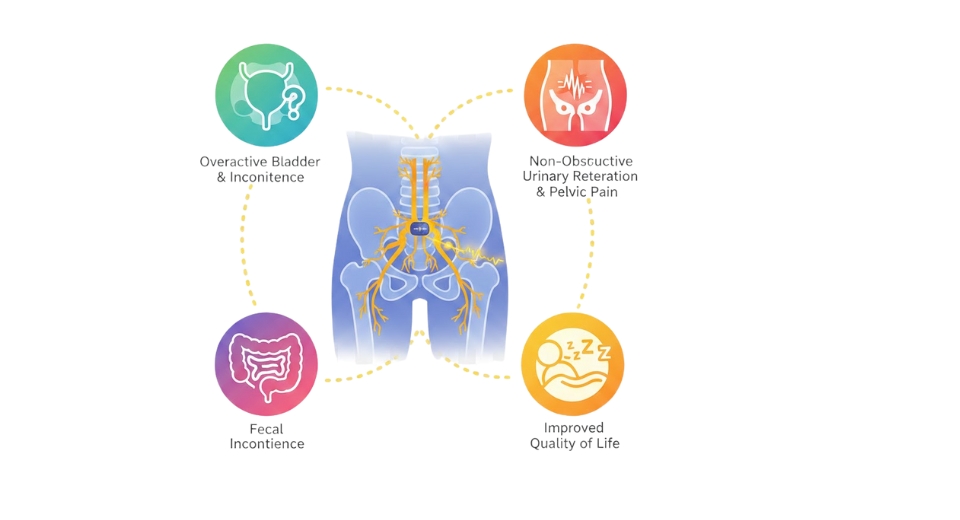
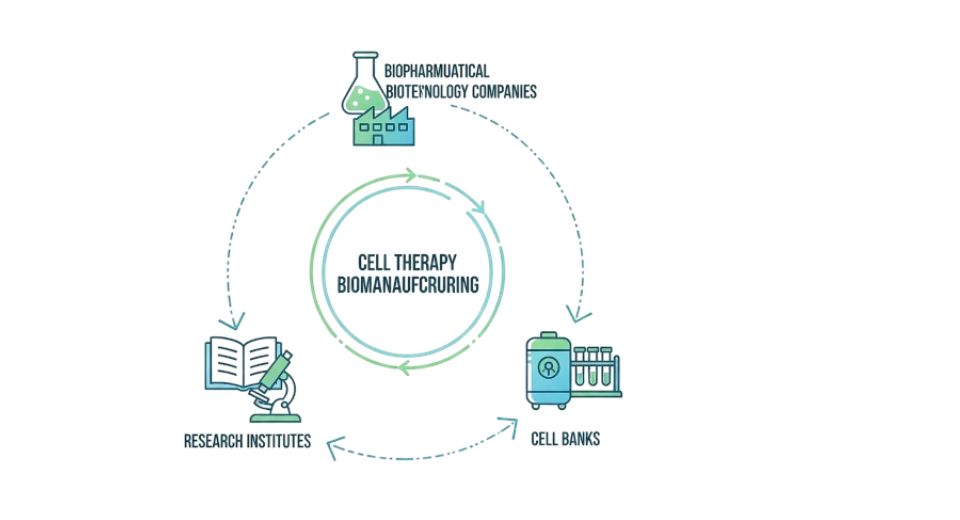
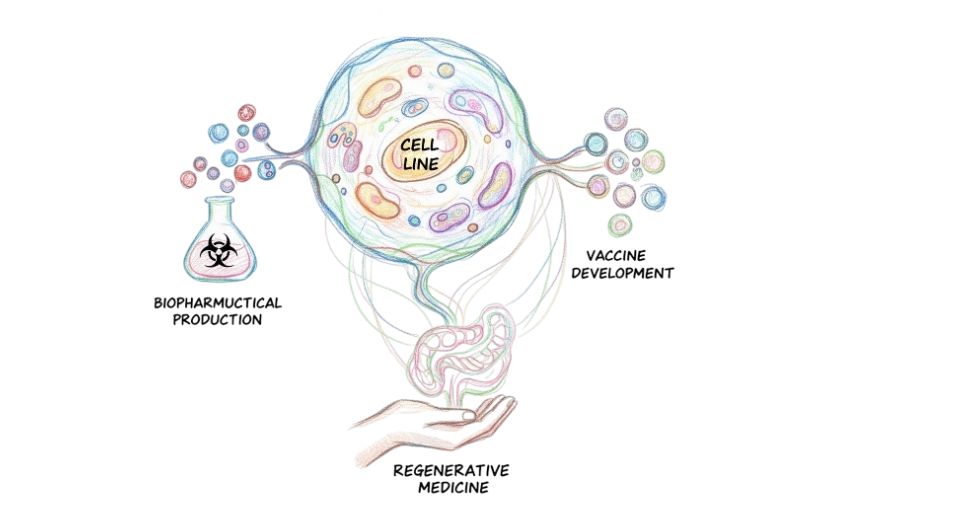

 US: +1 3023308252
US: +1 3023308252






